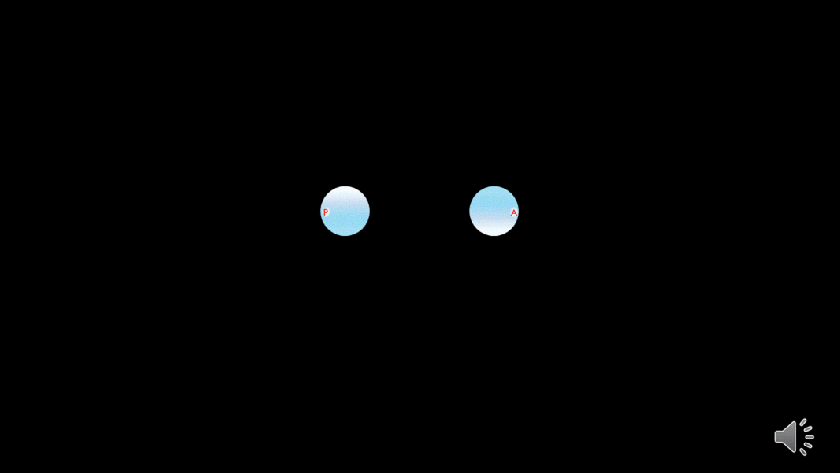Out there, beyond the bounds of consciousness, one imagines the existence of a colourful world of sounds, smells, tastes and textures. However, nothing like that exists except in the mind. In reality, what exists is a heaving world of particles that have no colour, make no sound, produce no odour, possess no taste or sensation. That includes the apparently empty outer space.

In processing a continuum of signals from the surroundings, and from within our bodies, our brains give us a sense of continuity of existence in space and in time. However, that continuity is false. At some level, below the level of atoms and molecules, that continuity breaks down revealing the reality of the world as bits. At such a level, reality becomes individual elements of space and time. Each such element defines the smallest possible location in space and its oscillation defines the shortest possible time epoch. The smallest dimension of such a space is referred to in physics as the Planck length and the time it takes it to oscillate is referred to as the Planck time.
Space-time is therefore physical, and its geometry is defined by the overall geometric distribution of the elements occupying it. In matter’s surroundings, space is curved because the mechanics of matter particles produce rotational motion in the elements of space surrounding them. That motion is then carryout over to atoms and is intensified as the number of particles increases.
In addition to defining space and time, elements of the fabric of space give rise to matter and energy. At the level of existence we perceive and interact directly with though our senses, matter is regarded as the only tangible facet of physical reality. It can be physically handled and it can engage all five senses. However, since matter particles develop from the otherwise undetectable fabric of space, in unfavourable conditions those particles can become unstable and they can breakup and decay to become undetectable again.
The common perception is that any interaction between matter and energy takes place in time against the backdrop of space. Thus, those four facets of physical reality, namely, space, matter, energy and time are fundamental for any form of physical existence. Nothing is considered physical unless it occupies space, has mass or is affected by it, and has some energy in time. This is elementary stuff, but although determining mathematical relationships between those facets is relatively easy, determining their nature has proved very difficult. What made it more difficult, it seems, is that things at the quantum level do not appear to behave as expected. For example, any number of particles can occupy the same space simultaneously and time can be meaningless!
Whereas we can compare one type of atom with another, or one type of subatomic particle with another, the basic element of physical reality has no variety to compare. Therefore, the true nature of physical reality is fundamentally unknowable. However, the great mystery is not the coming together of multitudes of elements of unknown nature to form matter and energy systems, but how the conscious mind translates the effect of those systems to colours, sounds, odours, tastes and textures.
amazon.com/author/abdul_tresh
